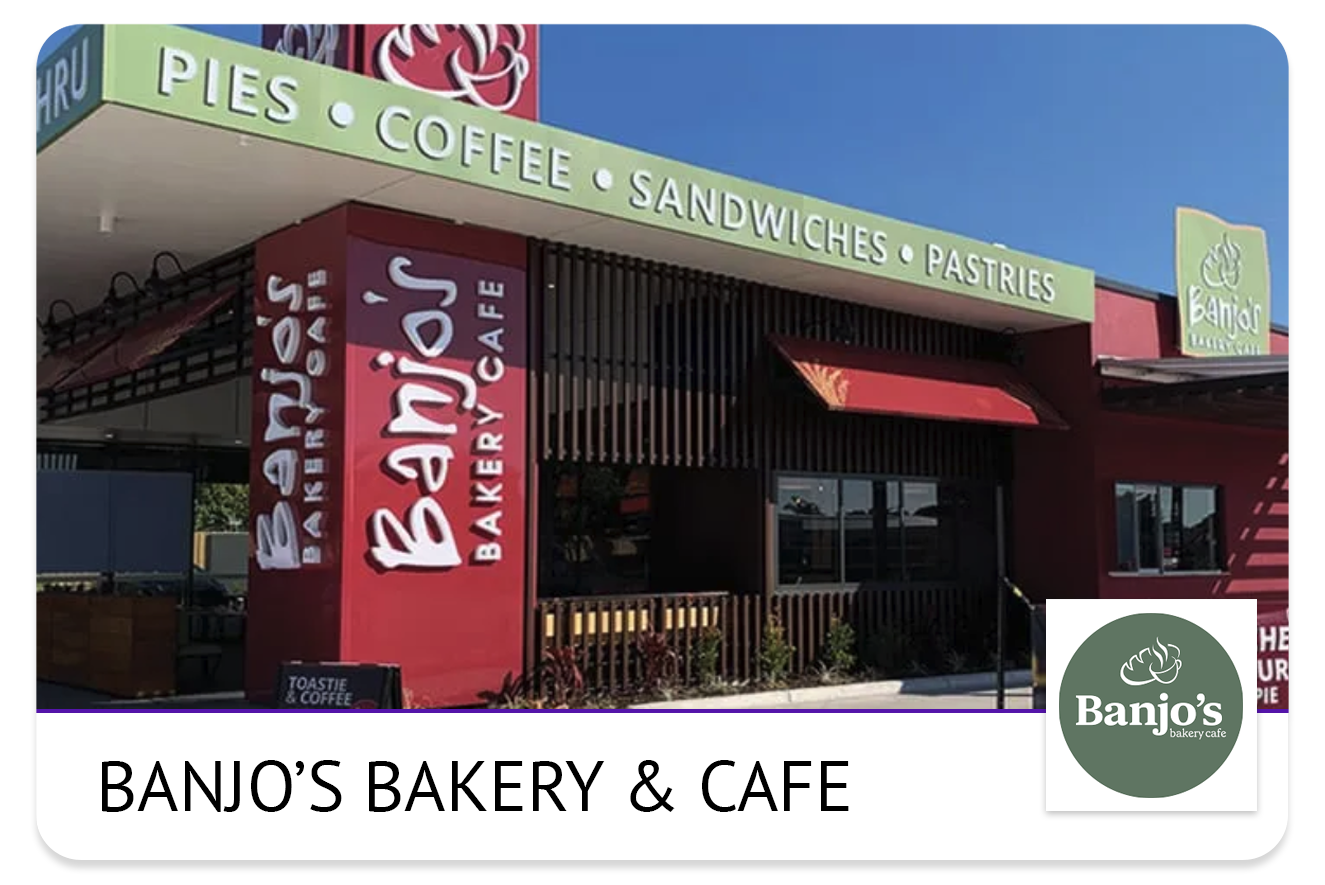A Profit and Loss Statement, also known as an Income Statement, is a financial statement that provides a summary of a business’s revenues, expenses, and net income over a specific period of time. Understanding how to read and analyse a Profit and Loss Statement is crucial for evaluating a company’s financial performance. Here’s a step-by-step guide to reading a Profit and Loss Statement:
Review the Header:
The header of the statement typically includes the company name, statement title (Profit and Loss Statement), and the period covered (e.g., month, quarter, or year).
Identify the Revenue Section:
The Revenue section appears at the top of the statement and lists the income generated by the business during the specified period. Look for line items such as Sales Revenue, Service Revenue, or any other sources of revenue specific to the business.
Analyse the Cost of Goods Sold (COGS):
The Cost of Goods Sold represents the direct costs associated with producing or delivering the goods or services sold by the business. It includes costs such as raw materials, direct labor, and manufacturing overhead directly attributable to production. The COGS is typically deducted from the revenue to calculate the Gross Profit.
Assess Gross Profit:
Gross Profit is the difference between the Revenue and the Cost of Goods Sold. It reflects the profitability of the business’s core operations before accounting for other operating expenses.
Evaluate Operating Expenses:
Operating Expenses include all costs not directly related to producing goods or services but necessary for running the business. Common operating expenses may include salaries, rent, utilities, marketing expenses, insurance, and administrative costs. Analyse each line item to understand the breakdown of expenses and identify any significant changes or trends.
Calculate Operating Income (Operating Profit):
Operating Income is the result of subtracting the total Operating Expenses from the Gross Profit. It represents the profitability of the business’s core operations before accounting for non-operating items such as interest or taxes.
Consider Non-Operating Items:
Non-Operating Items include revenues, expenses, gains, or losses that are not directly related to the core operations of the business. Examples include interest income, interest expense, gains or losses from the sale of assets, or income from investments. These items are typically listed below the Operating Income section.
Calculate Net Income (Profit):
Net Income is the final figure on the Profit and Loss Statement and represents the business’s overall profitability. It is calculated by subtracting Non-Operating Items (e.g., interest, taxes) from the Operating Income.
Analyse Key Ratios:
Use the Profit and Loss Statement to calculate important financial ratios that help assess the business’s performance, such as Gross Profit Margin (Gross Profit/Revenue), Operating Margin (Operating Income/Revenue), or Net Profit Margin (Net Income/Revenue).
Compare with Previous Periods and Industry Standards:
Compare the current Profit and Loss Statement with those from previous periods to identify trends and changes in performance. Benchmark the financial ratios against industry averages or similar companies to gain insights into the business’s competitiveness and financial health.
Remember, reading a Profit and Loss Statement requires careful analysis and understanding of the specific business and industry. It is recommended to consult with an accountant or financial advisor for a comprehensive evaluation and interpretation of the statement.
Featured Franchises





Franchising is about working together, so knowing how you will fit into a system is key to understanding your chances of becoming a top performer.
Our assessment will tell you which franchise is the best fit for your unique set of skills, culture and values, giving you the confidence to start talking with the franchise.


